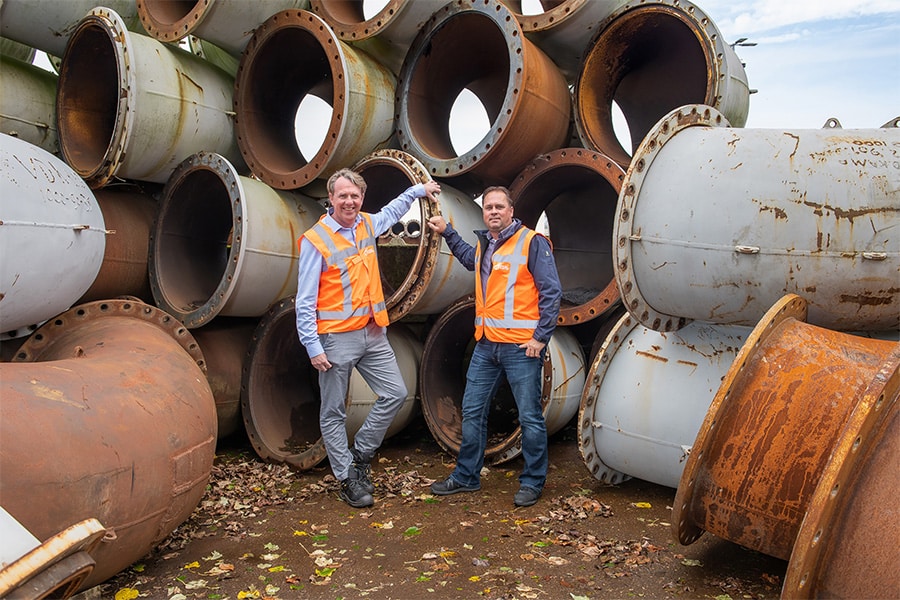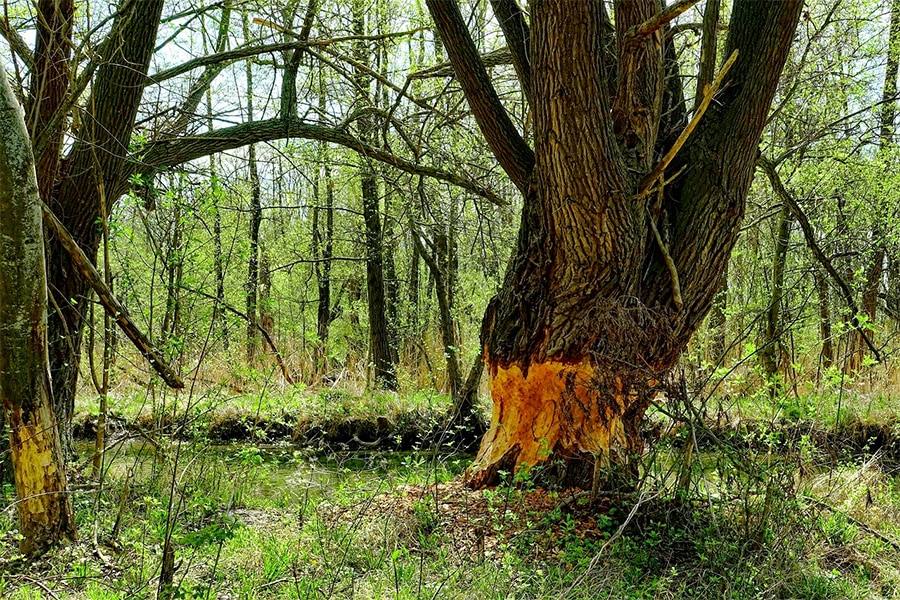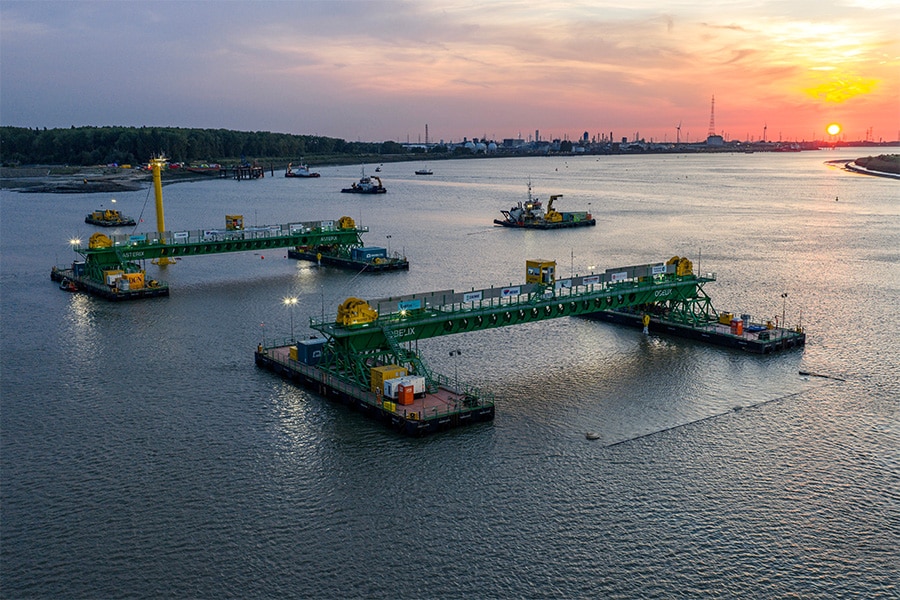
5000 vertical drains accelerate settling process
To ensure that the soil is load-bearing enough, 5,000 vertical drains are being installed in the ground with a total length of 45 kilometers of drainage. CeTeau is responsible for the installation of vertical drains.
"Our contribution in the Gorinchem-Waardenburg dike reinforcement project is to prevent residual settlement," says Gatze van der Meer, General Manager of CeTeau BV. "For this we use vertical drains to accelerate the settlement-sensitive soil layers. Vertical drainage has proven to be the most cost-effective to consolidate soil with high pore pressure, such as dike soil, in a short period of time. Per day, we install about 5 kilometers of vertical drains on the dike reinforcement. Each drain goes into the ground an average of 10 meters deep. In combination with a preload, we drain the pore water through the drains to a well-draining sand layer at ground level."
Challenges
Vertical drainage also immediately brings a number of challenges. Such as logistics, the limited space on a dike, the bearing capacity of the dike and limiting possible nuisance for local residents. Gatze: "With our machines we push the drain into the ground, instead of vibrating or drilling. In this way we limit any inconvenience and prevent soil layers and the drain from silting up. Because our machines are heavy, we have to take the bearing capacity of the dike into account. Fortunately, we have a large fleet of machines and always use the smallest possible equipment at first. Our machines run on extra clean fuel and are stage IV engines, this makes us low emission."
In higher gear
Thanks to vertical drainage, the settling process of the soil is accelerated. Gatze: "It only takes months instead of years for the settlement curve to flatten sufficiently. The soil settles quickly so that, in the case of dike reinforcement, follow-up work for a strong dike can start as soon as possible."




